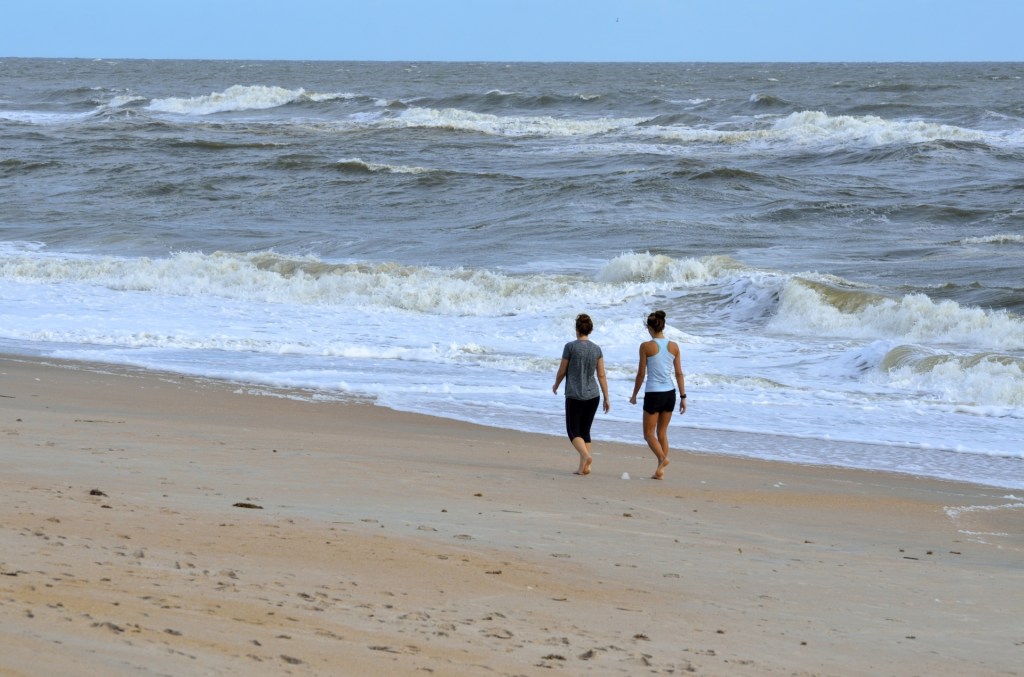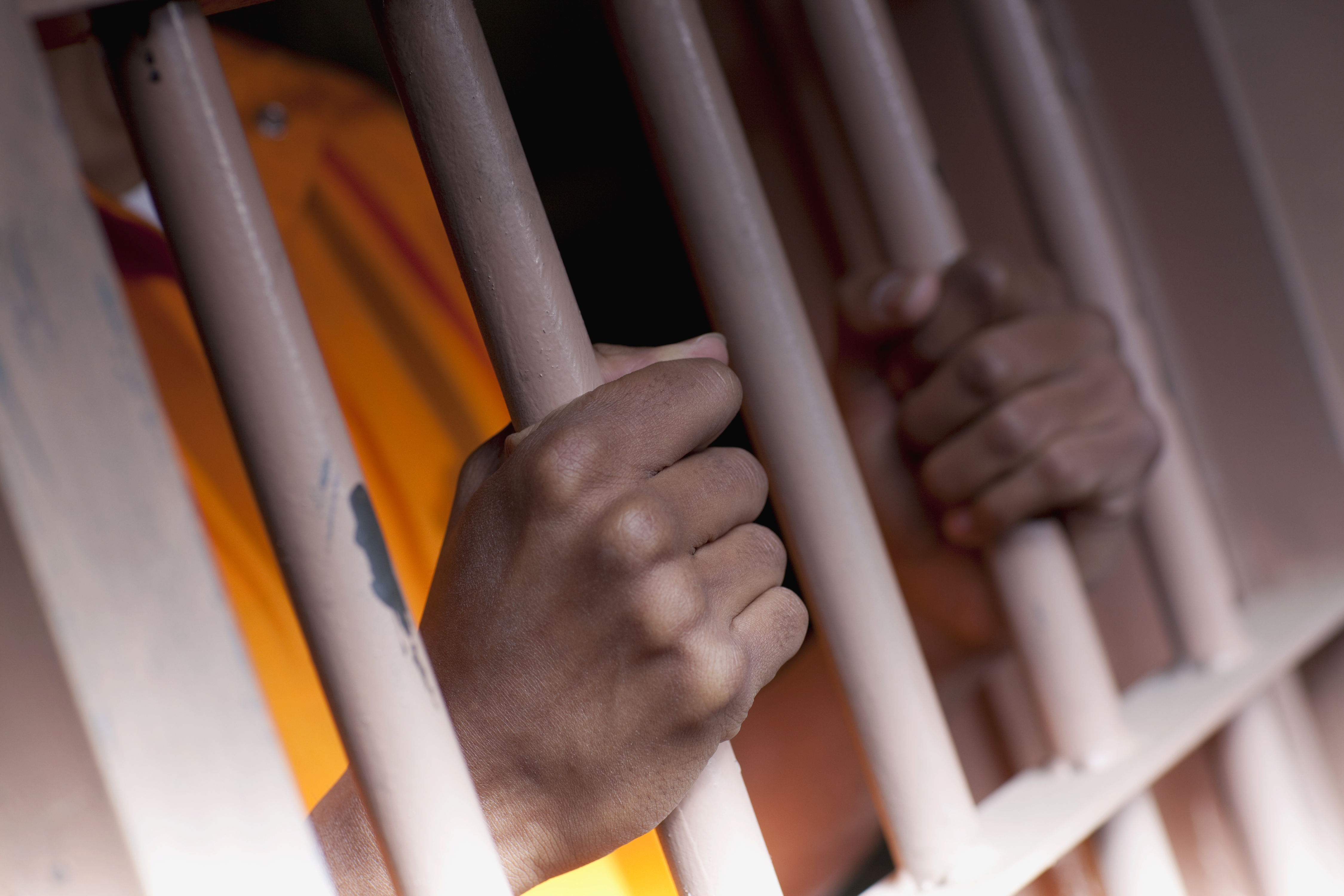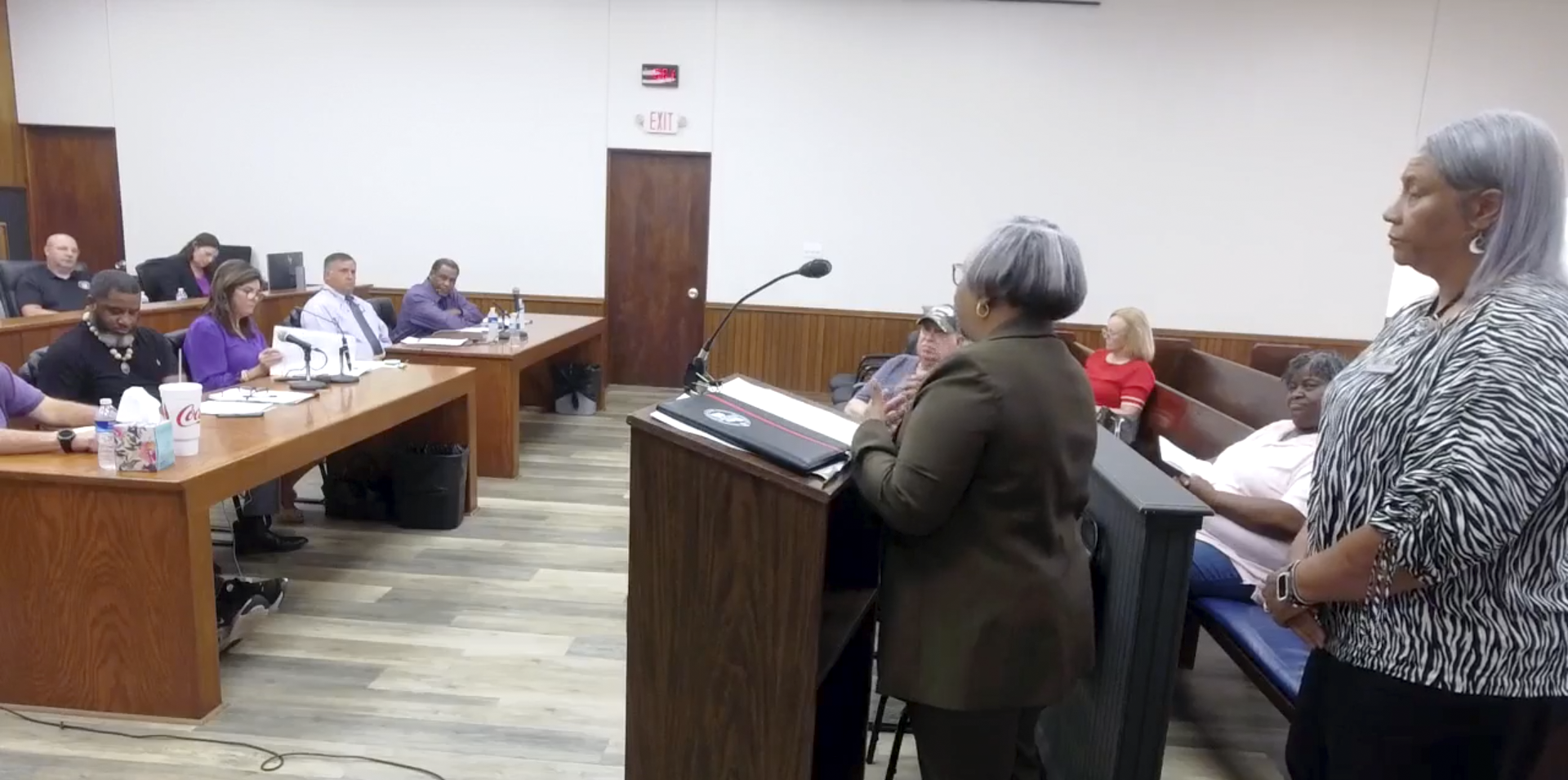Louisiana Health Officials Warn of Rise in Vibrio Infections: Four Dead, 17 Hospitalized in 2025
Published 12:01 pm Thursday, July 31, 2025

- Vibrio bacteria naturally inhabit warm, brackish, or salt waters.
|
Getting your Trinity Audio player ready...
|
BATON ROUGE, LA – July 31, 2025 – The Louisiana Department of Health is issuing a public health advisory after a significant spike in Vibrio vulnificus infections across the state. So far in 2025, 17 confirmed cases have been reported—more than double the average from the same time period over the past decade. Alarmingly, all 17 individuals required hospitalization, and four have died from the infection.
On average, Louisiana has reported just seven cases and one death per year during this timeframe over the past ten years.
What is Vibrio vulnificus?
Trending
Vibrio bacteria naturally inhabit warm, brackish, or salt waters and thrive between May and October when water temperatures rise. Vibrio vulnificus, one of the most dangerous species in the group, can cause severe and potentially fatal infections. The bacteria can enter the body through open wounds exposed to seawater or by consuming raw or undercooked seafood, especially oysters.
Once infected, some patients develop gastrointestinal illness, while others suffer serious wound infections or blood poisoning (sepsis). In severe cases, Vibrio vulnificus can lead to limb amputation or death. Approximately one in five people with this infection die—sometimes within just one to two days after symptoms begin.
Key Risk Factors
Anyone can become infected, but certain individuals are more susceptible to severe illness. Higher risk groups include people with:
- Liver disease, diabetes, cancer, HIV, or thalassemia
- Conditions requiring immune-suppressing treatment
- Recent stomach surgery
- Medications that reduce stomach acid
Common Symptoms
Depending on how the infection occurs, symptoms can vary:
Trending
Gastrointestinal infection (from eating contaminated seafood):
- Watery diarrhea
- Nausea and vomiting
- Stomach cramps
- Fever and chills
Wound infection (from exposure to contaminated water):
- Redness and swelling
- Pain or warmth around the wound
- Discoloration or discharge
- Fever
Bloodstream infection:
- Fever and chills
- Dangerously low blood pressure
- Blistering skin lesions
How to Protect Yourself
Health officials are urging residents and visitors to take proactive steps to reduce risk:
If you have open wounds or cuts:
- Stay out of brackish or salt water
- If exposure is likely, cover wounds with waterproof bandages
- Wash wounds thoroughly with soap and water after contact with seawater or raw seafood
When handling seafood:
- Always wash hands with soap and water after contact with raw shellfish
- Avoid cross-contamination between raw and cooked seafood
- Wear protective gloves if you’re at higher risk
When consuming seafood:
- Do not eat raw or undercooked oysters or other seafood
- Cook shellfish until shells open, and continue boiling for an additional 3–5 minutes
- Discard any shellfish that do not open during cooking
- For shucked oysters: boil for at least 3 minutes, fry for 3 minutes at 375°F, broil 3 inches from heat for 3 minutes, or bake at 450°F for 10 minutes
- Cook fish to an internal temperature of 145°F or until it flakes easily
Enjoy the Coast—But Stay Safe
With the summer season in full swing, many Louisianans enjoy coastal activities like fishing, swimming, and dining on seafood. However, the Louisiana Department of Health stresses that basic safety precautions are essential to prevent serious illness.
“Vibrio infections are rare but can be deadly,” said a department spokesperson. “Awareness and preventive action are your best defense, especially for those with underlying health conditions.”
For more information, visit ldh.la.gov or follow updates from the Louisiana Department of Health.






